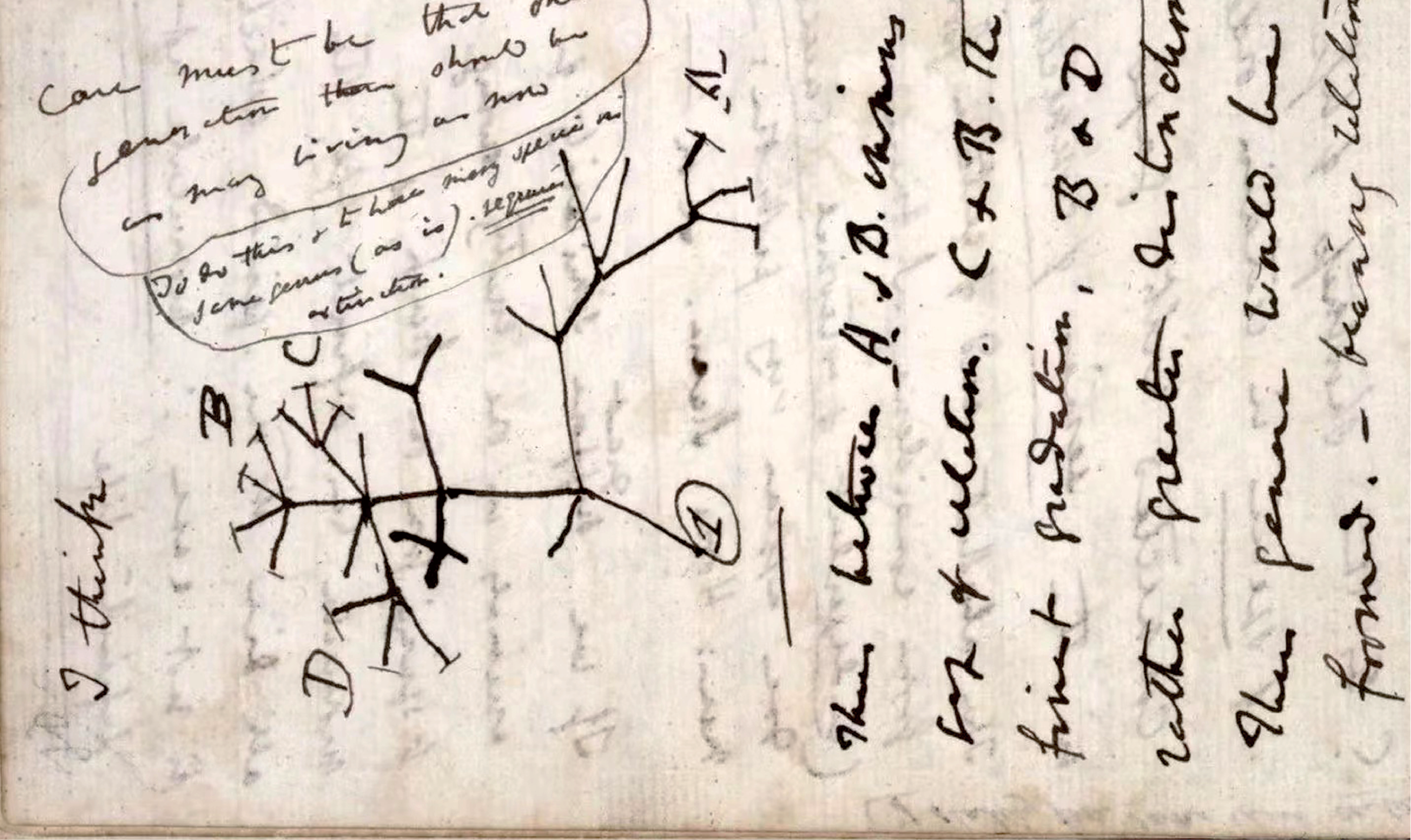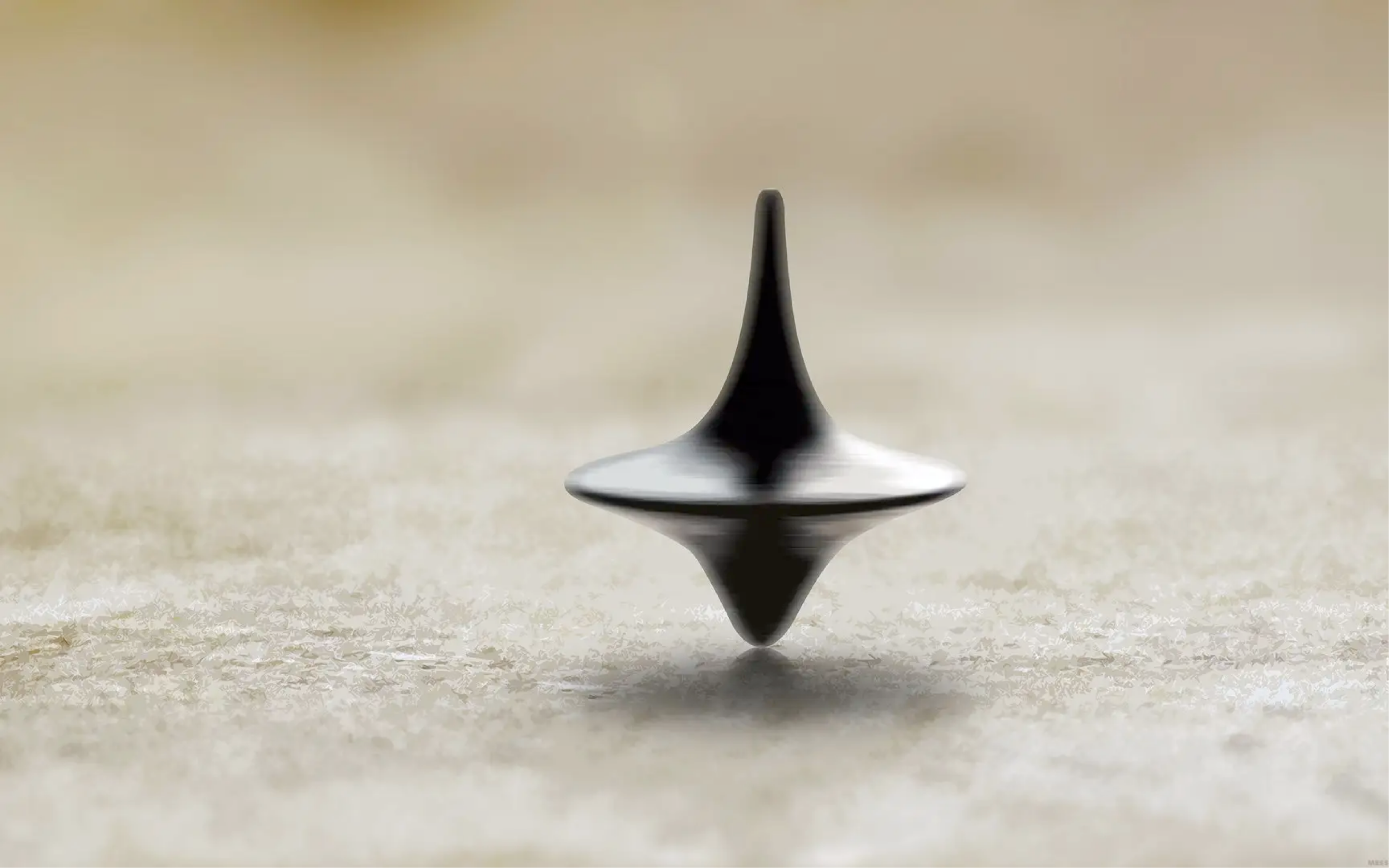Five
Innovate
Helen’s Bar
reconstructing the Chinese bar chain with disruptive innovation
“Disruptive innovation is typical competition against non-consumption.”
⸺Clayton Christensen.
In 1997, Clayton Christensen, a professor at Harvard Business School, published a book The Innovator's Dilemma, in which he coined the concept of “disruptive innovation”. He believed that “the design of resource allocation processes is always oriented towards sustainable innovation and maximizing profit” and “the most important thing is focusing on existing customers and proven markets”. Disruptive innovation is a “cheaper and more convenient alternative to existing products in the market” which should directly target “low-end markets or create completely new markets”. Christensen once gave an example in an interview that many small and simple electric cars on the streets of Beijing are a form of disruptive innovation. This innovation creates new growth rather than overlapping. The low-cost innovation makes it affordable for people who cannot afford regular cars. “The product doesn't need to be very good enough, but it needs to be cheap enough. This is a typical competition against non-consumption”. In 2019, Christensen further developed his innovation theory and came up with the “market-creating innovation”, which not only brings new growth to the company but also creating new industries. Christensen believes that “market-creating innovation” has the ability to unveil less obvious opportunities to create a disruptive business model.
The Disruptive Innovation of Starbucks
In the 1970s, the US economy was booming. Consumers began to pursue high-quality food. In 1971, Starbucks was founded in Seattle, specializing in selling high-quality coffee beans from different countries around the world.
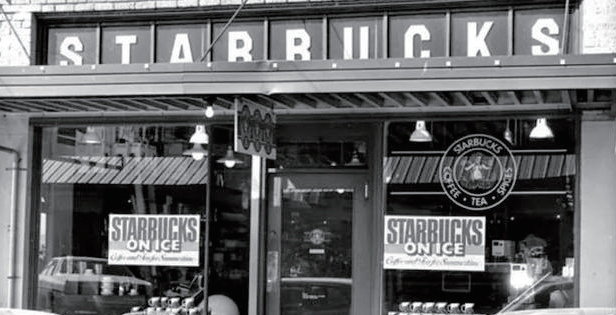
Illustration 5.1 In 1971, the First Starbucks was Founded in Seattle Selling Coffee Beans
In 1982, Howard joined in Starbucks. In 1983, Howard tasted the espresso from a coffeehouse in Milan during his business trip in Italy. The elegant moves of the baristas, the charming process of making handcrafted coffee, the creamy texture of cappuccino, and the relaxing and joyful feelings of customers, all made Howard realize that coffeehouse could be a bond for people to exchange rather than just a store selling coffee beans. The future of Starbucks should be the Italian style coffeehouse – providing hot coffee and having a strong social function, rather than the American style of selling high quality coffee beans and letting customers brew on their own at home. After returning from Italy to the United States, Howard was desperate to sell handcrafted coffee to customers at Starbucks following the Italian way. However, it didn’t match the mission of Starbucks back then, which was selling only high-quality coffee beans. Howard reluctantly left Starbucks. In 1987, Howard acquired Starbucks and started to transform and run Starbucks following his dreams. As Howard put it: Starbucks is not just a simple coffeehouse, but a Third Place bonding people with coffee and providing social gathering space.
The concept of the Third Place was putting forward by the American sociologist Oldenburg. He refers the home living space as the First Place, the workplace as the Second Place, and public urban spaces such as bars, coffeehouses, museums,libraries and parks as the Third Place. The main attribute of the Third Place is freedom of expressing ourselves in a comfortable and convenient environment. Starbucks was the first to introduce the concept of the Third Place into a coffeehouse. The customer experience of combining culture, spirit and environment is the core of Starbucks' definition of the Third Place, which appeals to customers with this blurring state neither home nor office. Many people take coffeehouse as the best place for leisure beyond home and work, or as a spot for chatting with friends. In October 1987, Starbucks expanded beyond Seattle and opened new store in Chicago. In June 1992, Starbucks went public on NASDAQ. As of today, Starbucks has realized Howard's dream and become the world's largest coffeehouse chain.
The Disruptive Innovation of Helen’s
Helen's Bar, called “Nighttime Starbucks” by its fans, also has a legendary start.
Behind Helen's Bar is a veteran of the 70s called Xu Bingzhong. Xu served as a scout and owned a bar in Laos. In 2009, Xu opened the first Helen's Bar in Wudaokou, Beijing with the money earned from his bar business in Laos. The Wudaokou Helen's Bar is located in the remote Dongshengyuan residence area with an annual rental fee of only 200,000 yuan, compared to the cost 2 million yuan for the store 500 meters away closing to the main street. Due to its remote location, Helen's Bar didn’t go well at the beginning. Until one day, watching a few customers leaving, Xu asked himself “We're quite isolated and we don't even have streetlights. Yet they're still willing to come here despite of the strong wind and low temperate. What can we do to show our gratitude?” Hence, taking the advantage of the Halloween, Helen's Bar significantly reduced the price of its drinks and launched an unprecedented massive “Gratitude Giveback” promotion campaign without considering cost. The campaign brought high level of awareness to Helen's Bar and attracted more and more young customers. Although the selling price of drinks remained low, it led to high level of traffic and velocity. The bar started to earn some profits. A watched flower never blooms, but an untended willow grows. Inspired by the success of the campaign, Xu realized that a bar in a remote location with low price drinks can appeal to young people who has a tight budget, which is a huge white space in the Chinese bar industry.
Starting from the Wudaokou Helen's Bar, Xu continuously optimized his business strategy during his planning and opening for the following stores, and gradually sharpened the strategic direction into “building Helen's bar into an offline social platform for young people”. In terms of store location, Helen’s Bar didn’t consider any areas close to the main street whose rents were expensive; instead, it chose stores on the back street or upstairs whose rents were significantly cheaper. In terms of product pricing, Helen’s only sold at 10 yuan per bottle for the same beer that was sold at 20 yuan in other bars. In terms of promotion, Helen’s leveraged free drinking, lottery and many other activities to get more traffic. Helen’s even encouraged customers to bring their own food. With the combination of best-value-for-money products and comfortable and relaxing social environment, namely the model “good value for money + customer experience” brought huge success for Helen’s. Helen’s Bar swiftly turned into the Third Place for urban young people during the night. Thousands of Seaweeds (the nickname of Helen’s Bar fans) take Helen’s Bar as the Nighttime Starbucks.
In 2016, we assisted the management team of Helen’s Bar in summarizing the learnings and experiences of its fast growth over the past few years. We realized that Helen's bar had quietly taken a completely different and disruptive path from the traditional bar industry in China. The traditional bar industry relies on densely populated center locations at expensive rent costs, selling high-priced drinks or including other additional services, and better-off middle-aged men. On the contrary, Helen's Bar has relatively remote locations (customers brought by word of mouth are often unable to locate the stores), low-priced drinks but with high volume (Helen's Bar was once the largest foodservice customer of Budweiser beer in China), extremely simple service (only providing snacks without hot meals with self-service ordering), and young customers (fresh university graduates or career-starters). All those different types of innovations made Helen’s Bar become the Third Place for young people with the alcoholic drinks as the medium. The classic definition of bar is far from accurate to summarize the uniqueness of Helen’s Bar. Although born in China, in terms of style, Helen’s Bar is closer to the countryside pub (public house) in the United Kingdom. Countryside villagers need to a gathering place to kill the time during the long night, which leads to the transformation of liquor stores to pub. Nowadays, pub is the second most important place after church for countryside villagers. Referring to the British definition of pub, we formally put Helen’s under the bar category to match the positioning of “nighttime social platform for young people”. In 2017, Helen’s Bar started to prepare for the IPO. On September 10th 2021, Helen’s Bar official was listed in the Stock Exchange of Hong Kong, becoming the first listed company in China’s bar industry.
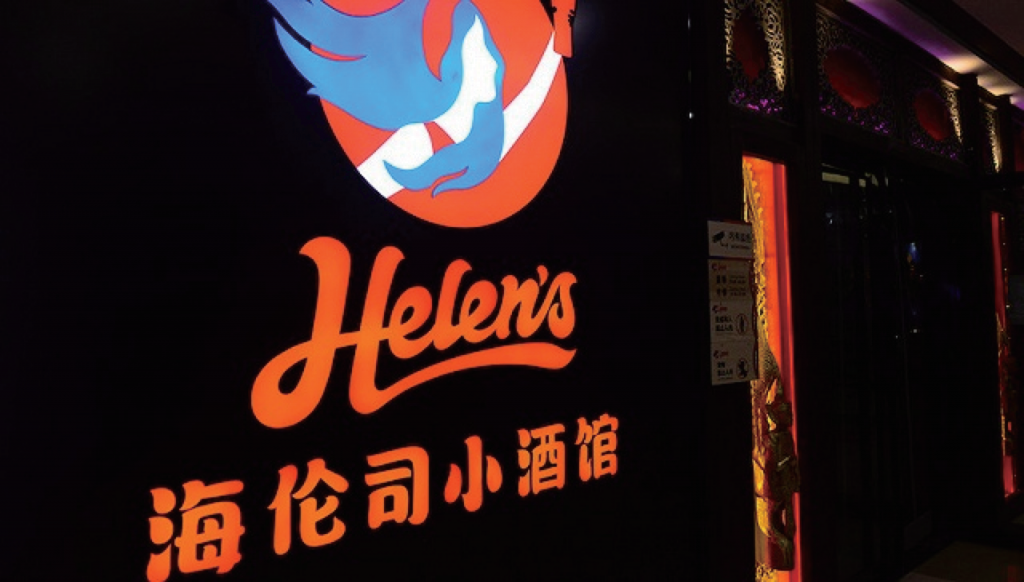
Illustration 5.2 Helen’s Bar
The Second Growth Curve of Helen’s
In 1994, Starbucks partnered with PepsiCo to launch canned coffee drinks selling in stores, which officially embarked the second growth curve of Starbucks. Canned coffee drinks were well received by customers, which made Howard realized that there was a much broader market in the more than 26,000 grocery stores than in Starbucks’ own retail chains and specialty channels. By tapping into grocery stores could bring millions of customers to Starbucks. In 2018, Nestlé closed the deal for the perpetual global license of Starbucks consumer packaged goods and foodservice products at 7.15 billion dollars.
Similar to Starbucks, another Third Place provider Helen's Bar, also offers customers a range of alcoholic and non-alcoholic beverages and peripheral products.
In 2021, Helen's officially launched its own branded craft beer – Helen's Craft Beer. Besides, Helen's has developed flavored alcoholic drinks such as fruit beer and milk beer based on the preferences of young people. Beyond selling in its own bars, Helen's branded craft beer, fruit beer, milk beer and other products have also entered the retail channel, receiving positive feedback from customers both online and offline. While rapidly expanding its small bars, we look forward to the success of Helen's second growth curve – its own branded products.
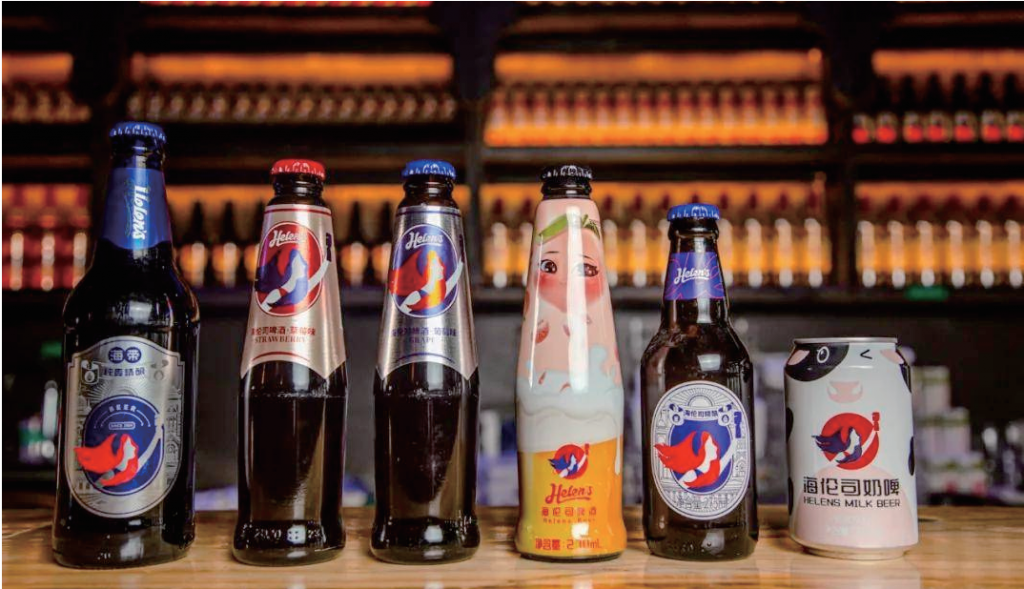
Illustration 5.3 Helen’s own Branded Alcoholic Drinks
Bar +, the Experiment and Exploration of Helen’s
In May 2022, the first “Helen's Yue” store opened in Lichuan, Hubei Province. Unlike all of its previous stores, “Helen's Yue” combines various nighttime foodservice such as street vendors, bars and barbecue stalls, with exquisite and fashionable indoor design and decorations, offering a wide range of barbecues and better-value-for-money drinks, which caters perfectly to the needs of nighttime foodservice of the low-tier cities. Compared to traditional stores, “Helen's Yue” has a higher proportion of family customers. Overall, the “Helen's Yue” with the new model of bar + street vendor further broadens customer reservoir and is expected to help to tap into the low-tier cities in the future.
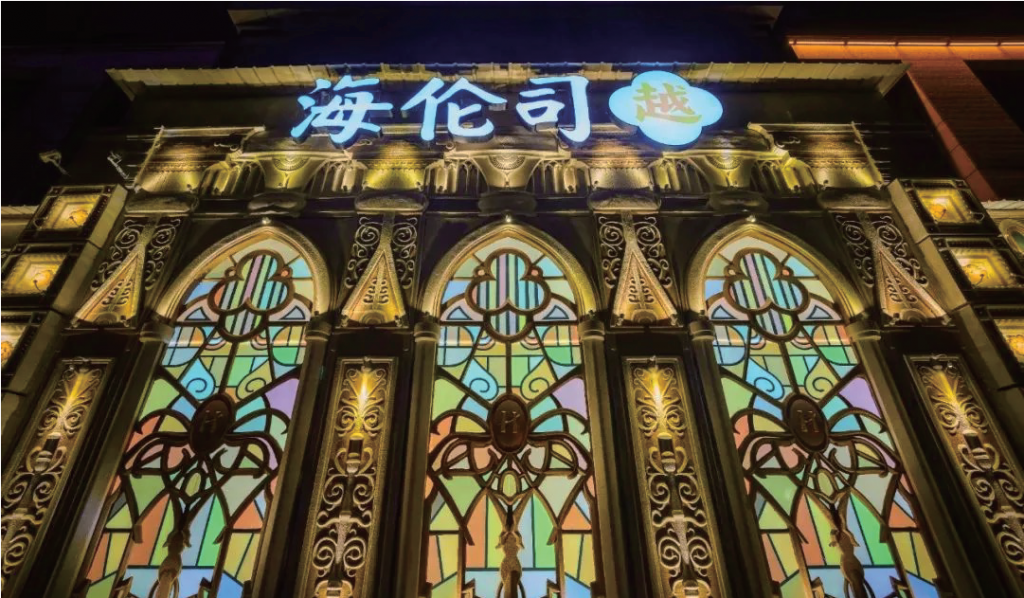
Piciture 5.4 Helen’s Yue Store

